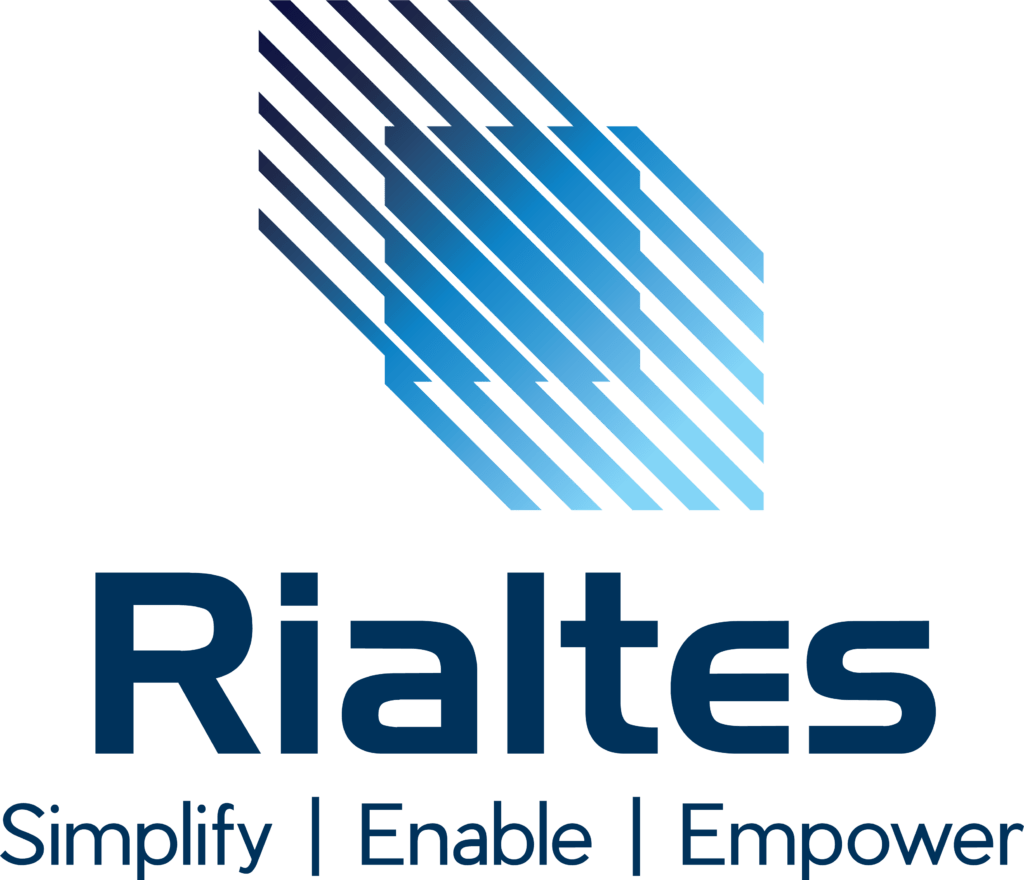For any organization to run its business operations and daily tasks require several software applications, without these applications the organization won’t be functioning. Be it innovative mobile apps or old legacy software applications, the dependency of any organization is extremely high on the use of these application systems.
Organizations today use a variety of programs to help them with specific tasks. While using several applications speeds up business operations, managing those numerous applications and the data they need can be difficult.
As the IT industry is evolving with every passing day, some new applications keep on evolving in the market for cost-cutting, timesaving, or simply making the process easy, and convenient. However, integrating a high number of applications into the system will make the system slow, and the processing time would increase.
Data silos, data duplication, and inefficient procedures result from technology islands with data dispersed across applications and business systems. You won’t have a clear picture of all your data and processes unless you integrate your business systems with your ERP. You can lessen these difficulties by using an SAP software solution or an application integration tool.
Understanding application integration
Application integration is the process that connects isolated enterprise applications for reducing cost, time, and resources, enhancing the productivity, scalability, and efficiency of the organization. It synchronizes all the applications using a common platform for better communication between apps, and data exchange which helps in optimizing business operations.
Its further acts as a bridge between the cloud and on-premises apps and helps in integrating the two for enhanced connectivity and allowing a better working flow of the apps. Moreover, it enhances the productivity and working efficiency of the organization, along with better communication among the applications of different systems.
Application integration is a step towards digital transformation for any organization as, once all the apps are integrated and data is synced, communication between all the apps is established, and the process of digital transformation can be done for accelerating business growth and enhancing efficiency.
Most firms employ what is known as an integration platform, even if an IT team can manually integrate SAP and other systems through code. Instead of having to code these connections, IT staff can configure them using an integration platform, and they can closely monitor everything to make sure the data is moving to and from the SAP software solutions correctly.
Categories of application integration
In a broad aspect, application integration is classified into four main categories:
- Presentation-level integration
A collection of many programs is brought together into one by presentation-level integration. One of the earliest forms of application integration, “screen scraping” refers to the activity of gathering and organizing data utilizing middleware technologies and transitory applications. Presentation-level integration offers an improvised but less-than-ideal approach to data integration and access by establishing a virtual agent to gather the data and transmit it to each of the different apps.
- Data integration
The complete and open exchange of pertinent information between applications is known as data integration. Integration is incomplete without it, and efficacy, efficiency, and accuracy all suffer. Most application integration solutions either use specialized code to make sure all applications can “speak” to each other in a mutually understandable language or, more frequently, they use a translation technique to change each application’s output into a data format that is easily accessible to the others. Any effective enterprise application integration solution is built around these ideas, sometimes known as data transformation.
- Business process integration
Corporate process integration links crucial business operations to on-premises and cloud-based servers. To connect different applications, organize and prioritize workflows, and increase productivity while lowering errors and removing obstacles, it makes use of automation and artificial intelligence.
- Communication-level integration
The specific technique utilized to achieve data integration and business process integration is called communications-level integration. Human communication at its most fundamental level is data integration; communications-level integration is deciding whether to write, speak, sing, or dance. These intermediaries are made possible using specialized protocols called application programming interfaces (APIs), which guarantee that each application receives the information it can understand and transmits information that is relevant and understandable to the other applications. To facilitate data transformation within the integration platform, communications-level integration can be used in a variety of middleware techniques, such as point-to-point, hub-and-spoke, or Enterprise Service Bus (ESB).
Why opt for application integration?
- Increased productivity
Workers can spend more time using data to further corporate goals rather than spending countless hours establishing and reconstructing point-to-point integrations.
- Improved scalability
Organizations can connect a wider range of applications faster and offer deeper, more powerful integrations via APIs and connectors.
- Decreased costs
Manually building and maintaining point-to-point interfaces takes time, and time is money. Using a modern application integration solution cut down on the time and money spent manually managing hundreds of different integrations.
- Faster time-to-market
When every enterprise app is connected and exchanging information with one another, it’s simpler to obtain a more accurate and comprehensive picture of the business and make better decisions more quickly to advance the organization.
- Easier adoption of modern technologies
Many SaaS programs that offer application integration capabilities are at the forefront of assisting innovative technologies that assist enterprises in maximizing the value of their data.
What’s more here?
The purpose of application integration has been abundantly clear in the above paragraphs. It can be concluded that application integration is an essential tool in the industry at this point to enhance the productivity, scalability, and efficiency of the organization. Further, with the implementation of a sap application developer, it becomes easy for organizations to indulge in the development and integration process of application. It helps to enhance the communication between the discrete apps and individuals depending on the apps for a better workflow.
With application integration tools, the entire organization can be made available on one single platform, making communication and data sharing easy for all individuals. It is cost-effective, time-saving, and helps reduce the dependency on a single platform. SAP software solutions make it even more convenient for organizations to manage their entire workflow on a unified platform.





